Should a sofa touch the wall? Here's why the wrong decision could be ruining your layout
Experts address this key question around living room layout and share their tips for positioning a sofa
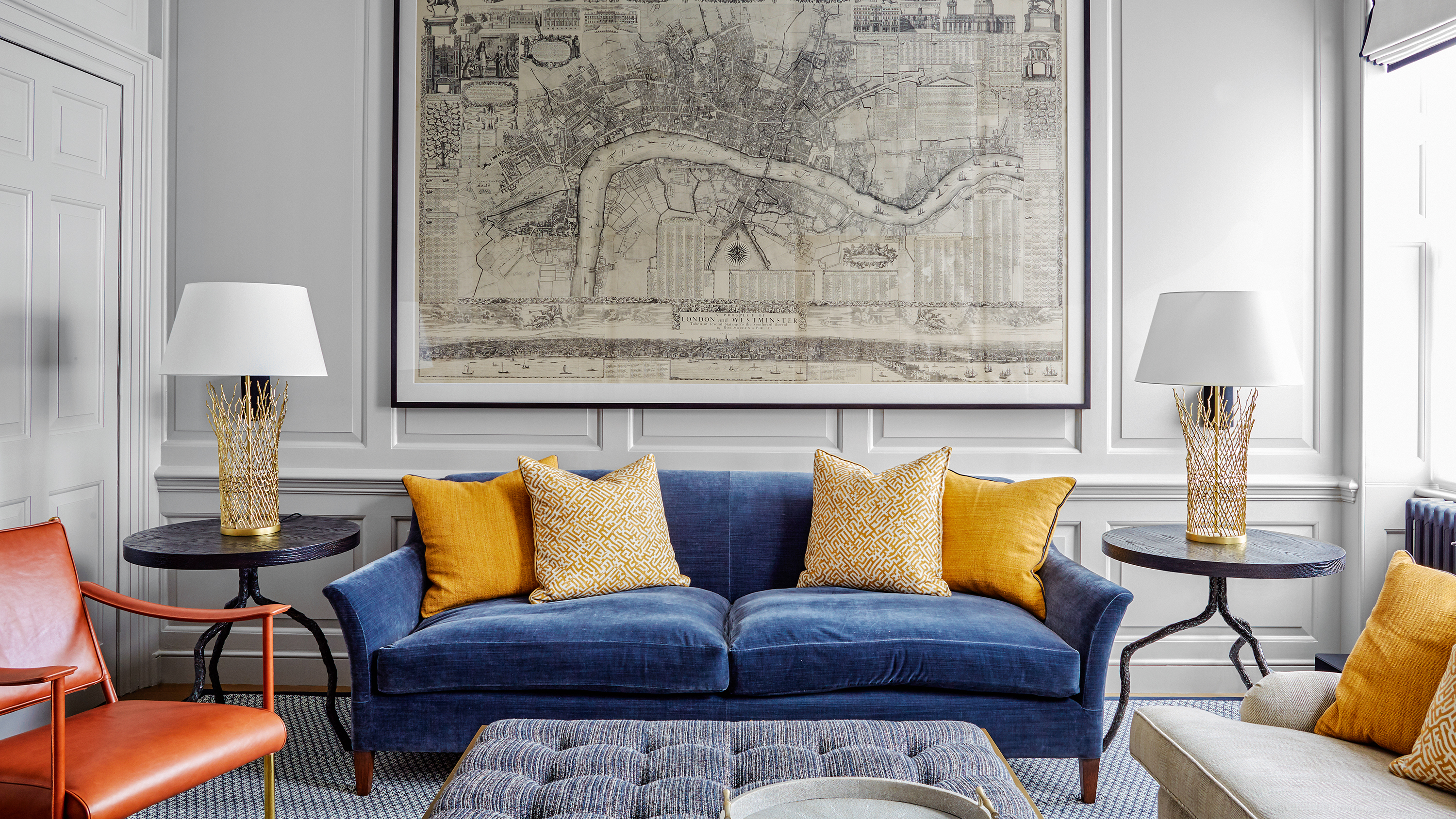

The question 'should a sofa touch the wall?' is not the first question that springs to mind when designing a living room, but it is an important thing to consider when it comes to layout.
As one of the busiest rooms in the home, and the one that often serves the most functions, it's important to get the living room layout right.
Below we evaluate whether a sofa should touch a wall and round up some key tips from the experts on what to consider when thinking about where to position a living room sofa.
Should a sofa touch the wall?
There are no strict rules as to whether a sofa should touch the wall, essentially it's a matter of personal preference, however, the size and shape of the room and how you wish the arrange and use the room will have a big impact on your living room layout ideas.
Generally, most interior designers agree that a sofa should not touch the wall and that there should at least be a little gap to prevent the room from looking cramped, even if you only have a small living room.
'I'm going to get super bossy and implore you not to push your furniture against walls, no matter how small the space is,' advises Abigail Ahern in her new book Masterclass, available at Amazon. 'If you do you will get this weird dead space in the middle, and it will just feel wrong. I know this sounds counterintuitive, but your room will feel bigger if you let it breathe, and moving the sofa off even a tad will create a better sense of balance. No longer will you be highlighting your room's cramped dimensions.'
Jennifer Ebert, digital editor at Homes & Gardens agrees, suggesting that 'pulling your living room furniture away from the walls, even by just a couple of inches, creates breathing space that will make your room appear more spacious.'
So, if you should have your sofa and living room seating ideas set away from the wall, that begs the question, how far away should it be? There are benefits to having your sofa near the wall and pulled away from it, so to help you decide on where yours should sit we've rounded up some tips and principles below to help.
1. Pull your sofa away from the walls to make a room look bigger

It's worth stressing again, that even if you have a small room, try not to have the sofa touching the wall, even a small gap will help improve how it looks and feels. 'In a living room, don't feel that your sofa needs to sit against the wall. Pulling it off the wall will create the illusion of space and make the room look bigger,' suggest the Design studio at King Living.
2. Do set your sofa against the wall in tiny rooms or snug rooms
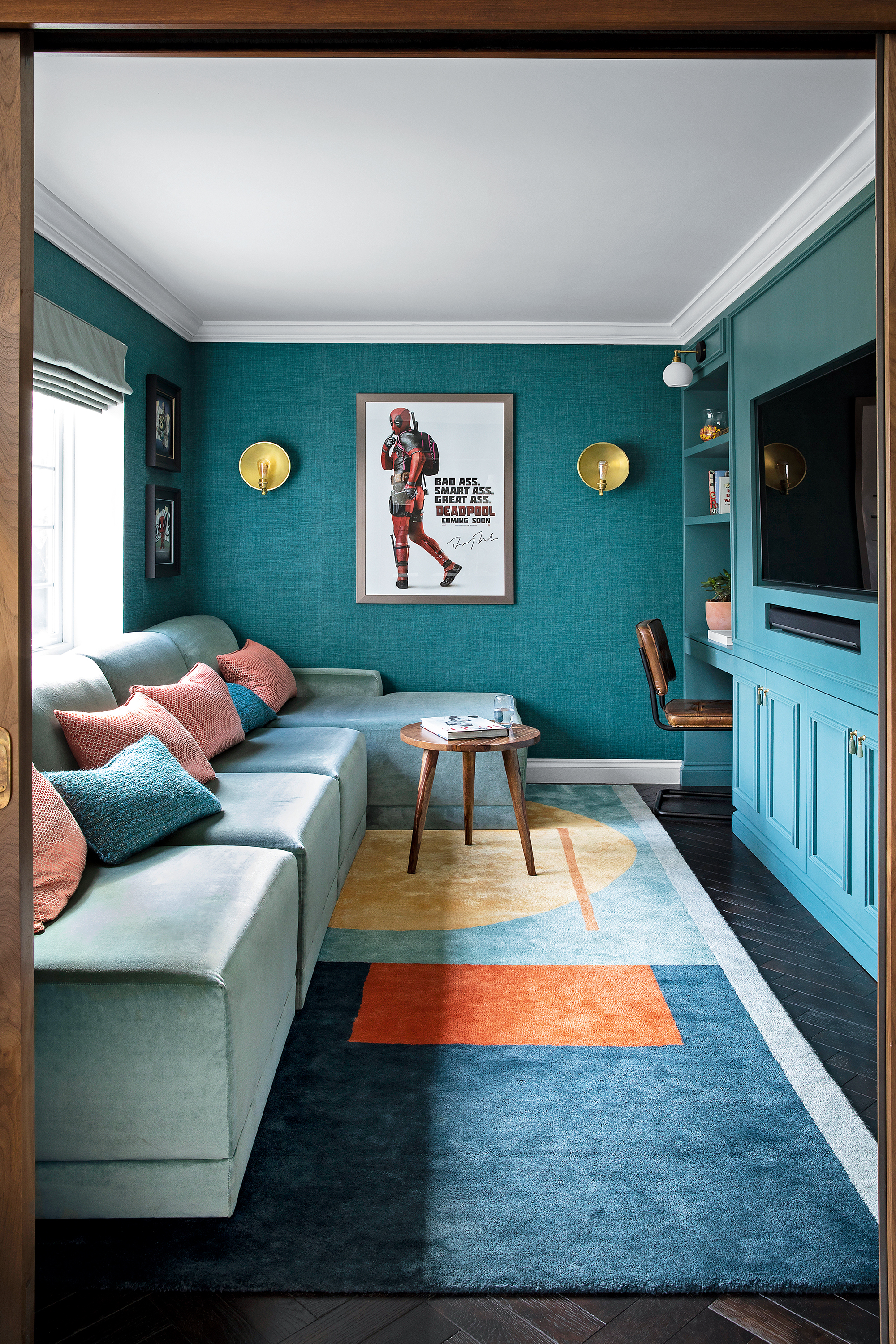
If you are working on a layout for a room with a really small footprint, like a den or gaming room, then setting furniture against the wall can help create a cozy, intimate feel. This approach works best when the sole purpose of the space is lounging and the sofa is given priority. In these kinds of spaces don't be afraid to opt for a large, sumptuous sofa – an enveloping corner sofa works really well in a mall snug room, as demonstrated above.
3. Think about your layout from the center, not the walls
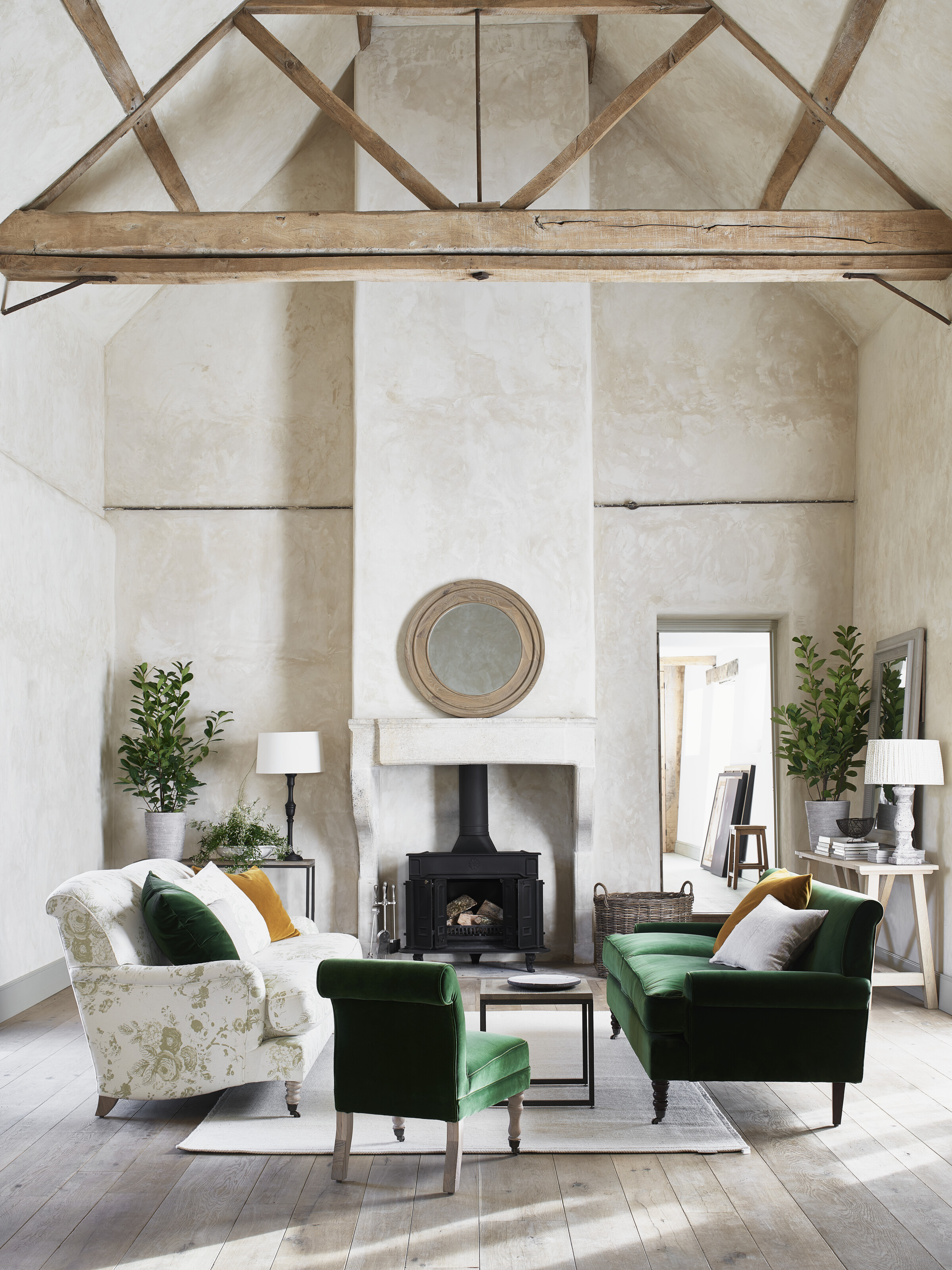
If you have a small room it can be tempting to push furniture up against the wall, however – be cautious – 'this actually just creates an empty space in the middle which isn’t as usable as you might think and leaves your room feeling off-balance,' say the interior design team at Neptune. 'Instead, in any size room, build your layout from the center to make it feel more intimate and welcoming,' they suggest.
4. Follow the 10ft conversation circle rule
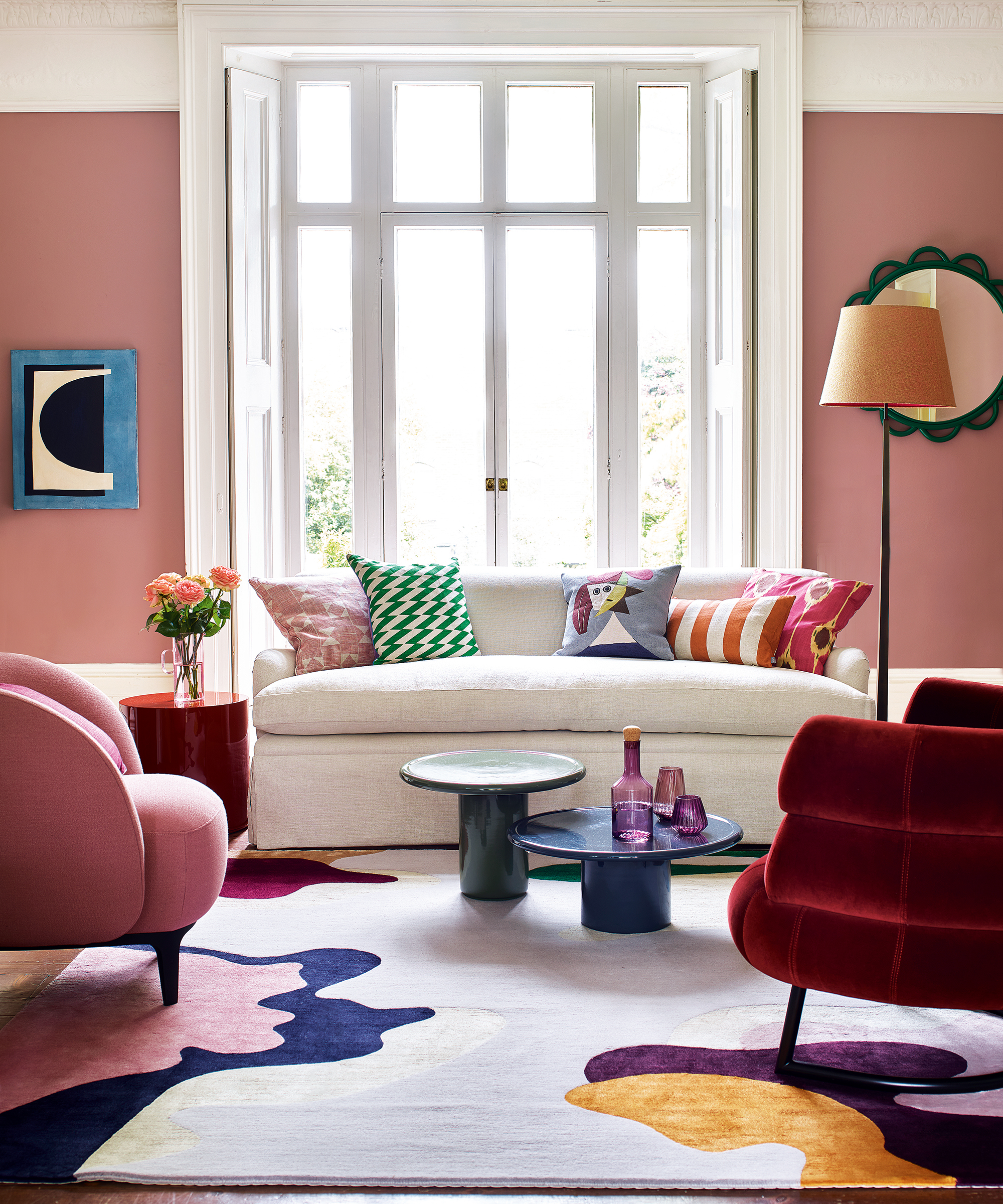
Similarly, Catherine Staples, lead designer at Aspen & Ivy agrees that when positioning a sofa, and living room furniture, it's best to think about how the sofa, armchairs, and individual pieces of furniture sit in relation to one another rather than worry about where it sits in relation to the wall.
‘Ground the room with a large area rug and incorporate as many seats as possible; the rule of thumb is that the conversation circle should not exceed 10 feet in diameter, and all seating should sit within this space, as, if people are outside the circle, then no one feels connected,’ explains interior designer Catherine Staples, lead designer at Aspen & Ivy.
'Pulling your furniture away from the walls can help to create a sense of intimacy in a room – think about your sofa and chairs having a 'conversation' around a rug or coffee table,' adds Andrea Childs, editor of Country Homes & Interiors. 'By grouping them closer to each other, you create a sense of connection between the pieces and also highlight their purpose, which is to bring people together.'
5. Embrace symmetry

Symmetry is an important tool in interior design. Bringing elements of symmetry to your living room layout will help bring a feeling of order and elegance to a space.
‘With the purpose of the space decided it's important to create balance with clever furniture selection and placement. Symmetry in interior design is often a designer's best friend and sideboards or dressers are ideal for placing opposite sofas or mirroring large windows and fireplaces,’ says Martin Waller, founder of Andrew Martin.
6. Keep your furniture in proportion to your room
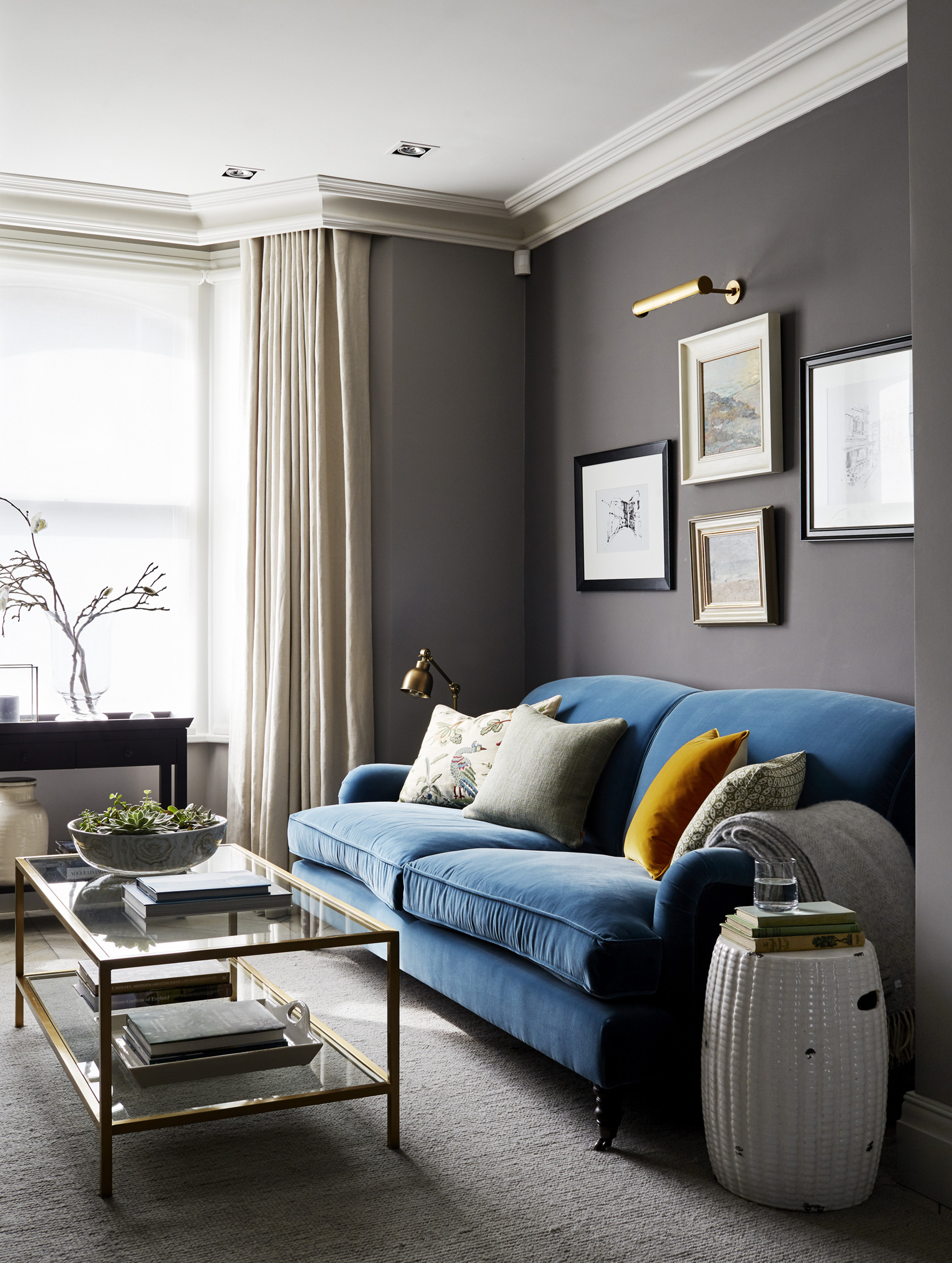
When it comes to successful living room layouts the size of your furniture is just as important as where you position the individual pieces. Too small and the space will look empty, too large and it will look cramped, it's a fine balancing act.
When furnishing a small living room it's tempting to go for small furniture, but actually, this can highlight its small size, sometimes it's better to fill the space to ensure the room has a purpose rather than having dead space.
'Always try to mark out a chair or sofa on the floor using masking tape or with cardboard to give a sense of the space they will occupy and how you will move around the space,' suggests Jennifer Ebert, digital editor at Homes & Gardens.
7. Use a sofa as a zoning device
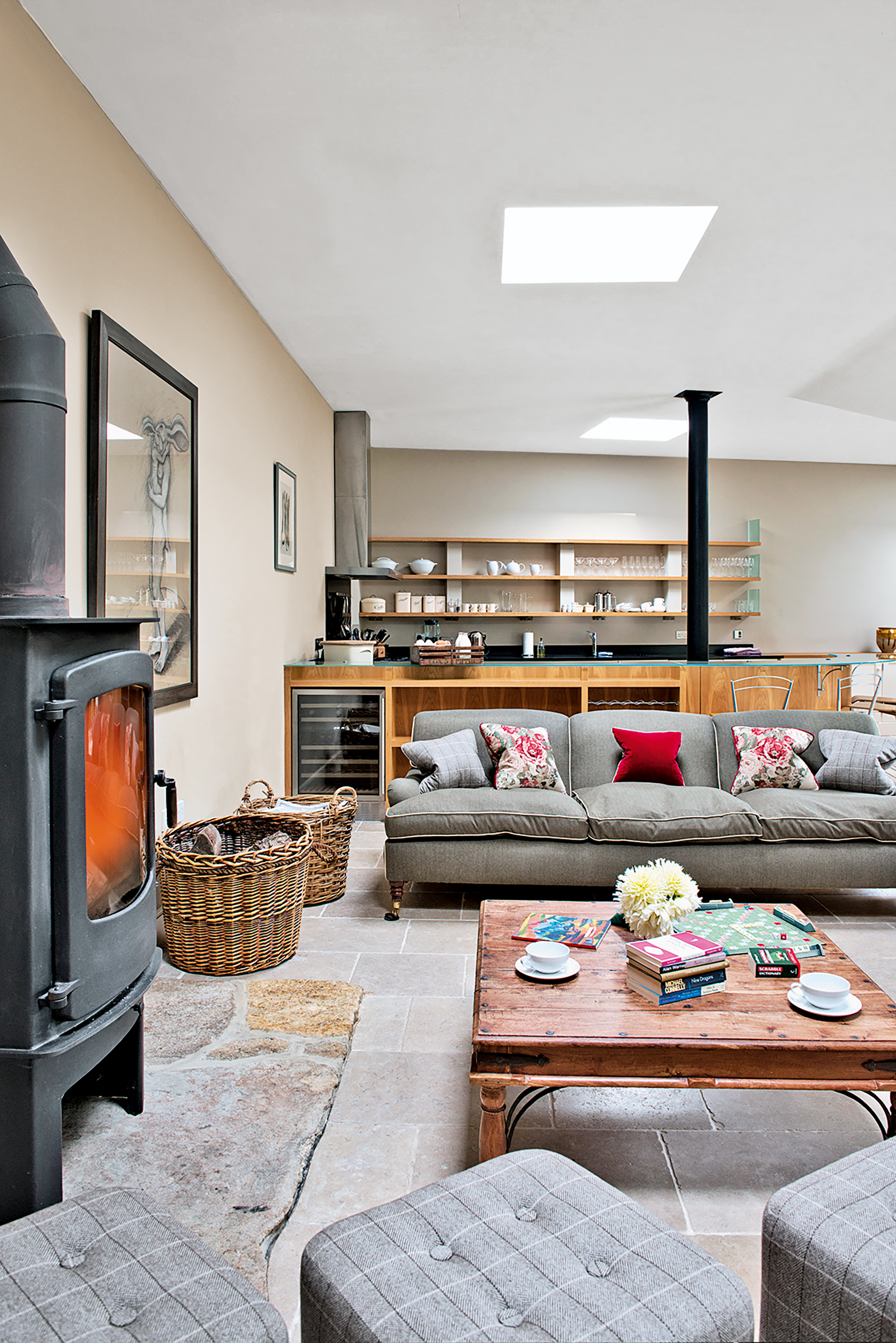
If you are looking to divide an open-plan living room then a sofa can serve as a wonderful partition. While a shelving unit can obscure views, a low-profile sofa set on legs helps divide a space while keeping sightlines clear and keeping the space feeling open.
8. Place your sofa against a wall of an open-plan space to encourage interaction
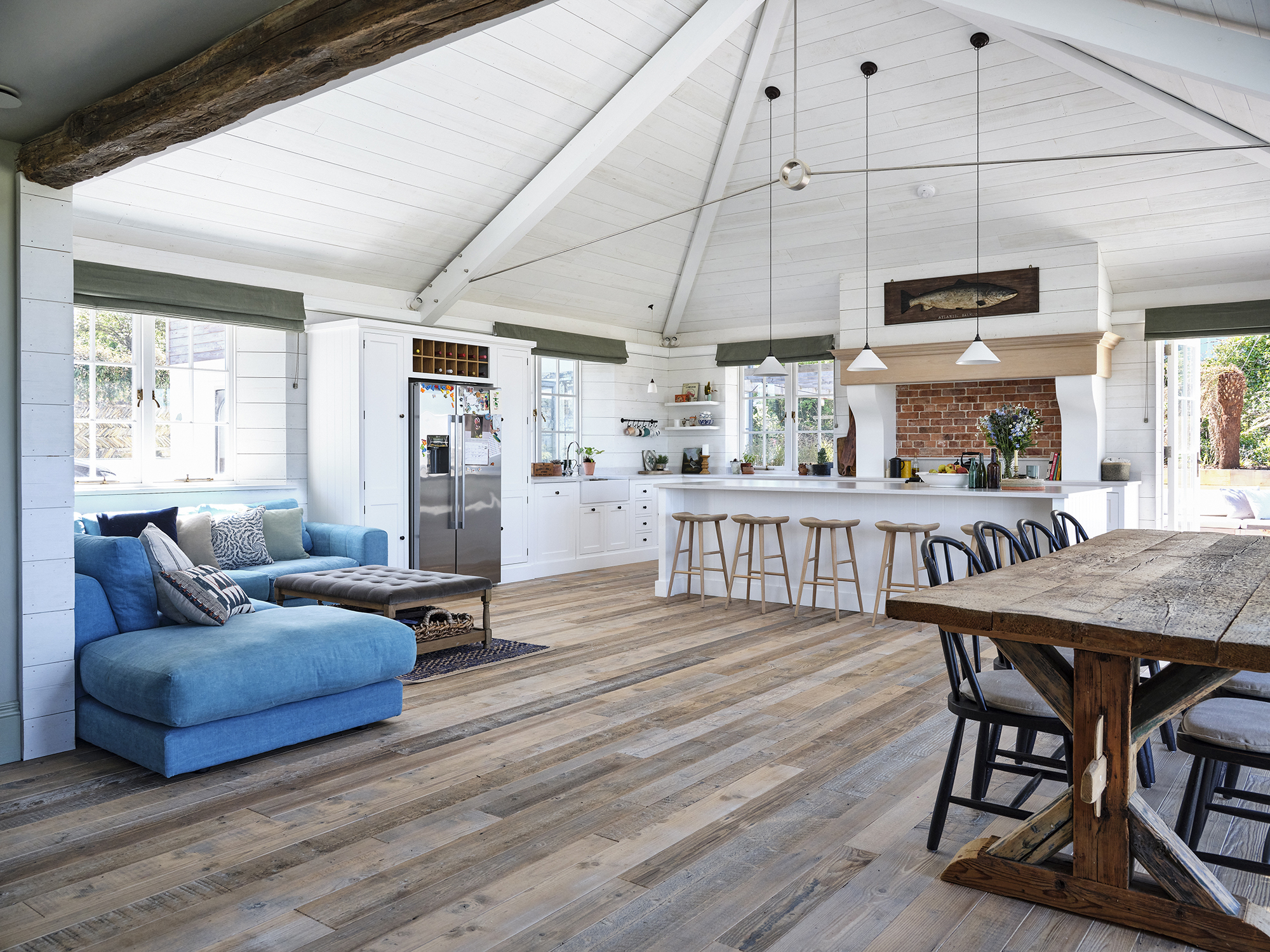
Placing a sofa against a wall facing into a room can also be handy in an open-plan kitchen-diner or living space if you are looking to create a social space where you can engage with family and guests whilst preparing food.
'One layout you may want to consider is placing your sofa against a back wall, facing inwards. This positioning gives sofa-sitters a great view of kitchen happenings and is great for maintaining conversation between guests and chefs when hosting for the evening,' says Kelly Collins, interior designer and head of creative at Swyft Home.
'Alternatively, you may want to position your sofa away from the kitchen in a kitchen diner, facing the dining area. This set-up separates the multi-use space well and makes it the perfect spot for dinner guests to move to once the meal is over. If you have space, you may want to place a small coffee table in front of the sofa, this can feel unnecessary with the number of surfaces available in a kitchen, however, it creates a comfortable spot to chat over coffee in the morning.'
Best places to buy furniture
Sign up to the Homes & Gardens newsletter
Design expertise in your inbox – from inspiring decorating ideas and beautiful celebrity homes to practical gardening advice and shopping round-ups.

Pippa is a contributor to Homes & Gardens. A graduate of Art History and formerly Style Editor at Period Living, she is passionate about architecture, creating decorating content, interior styling and writing about craft and historic homes. She enjoys searching out beautiful images and the latest trends to share with the Homes & Gardens audience. A keen gardener, when she’s not writing, you’ll find her growing flowers on her yard for styling projects.
-
 How to grow astilbe – expert advice on cultivating this shade-tolerant flowering perennial
How to grow astilbe – expert advice on cultivating this shade-tolerant flowering perennialShade-tolerant and pest-resistant - astilbe are hardy and tough perennials that can thrive in many settings
By Ellen Wells Published
-
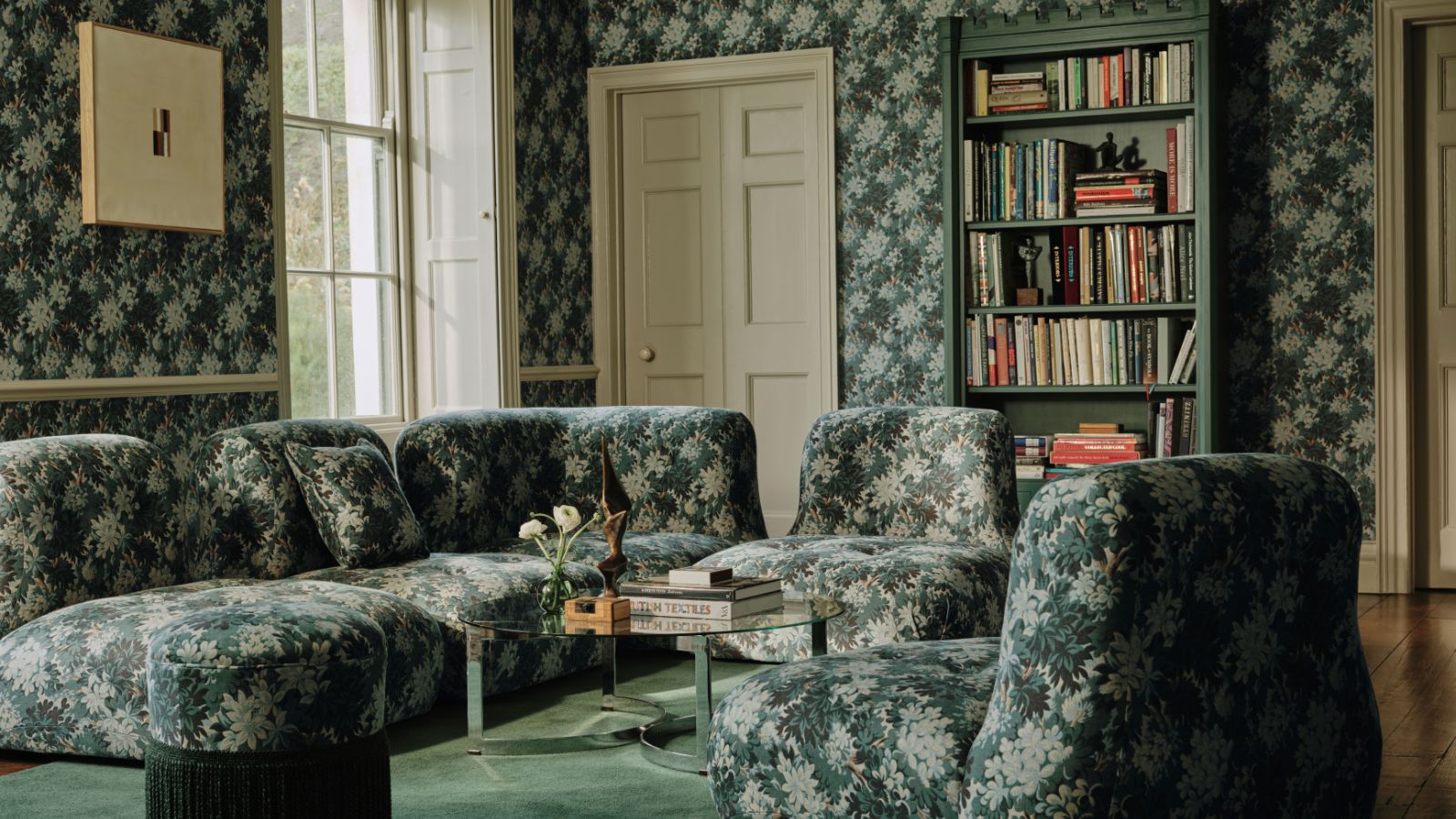 Vintage prints are making a comeback – designers say to look out for these 5 nostalgic patterns this year
Vintage prints are making a comeback – designers say to look out for these 5 nostalgic patterns this yearThese vintage-style patterns are all the rage right now, and we spoke with design experts to learn how best to style them in the home
By Eleanor Richardson Published